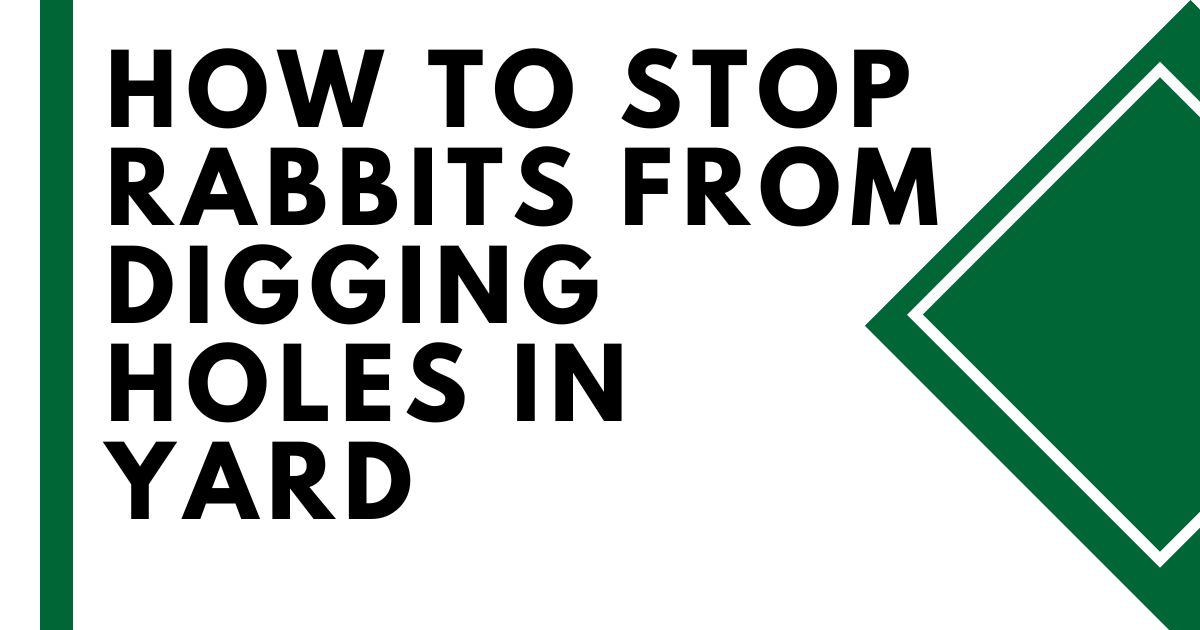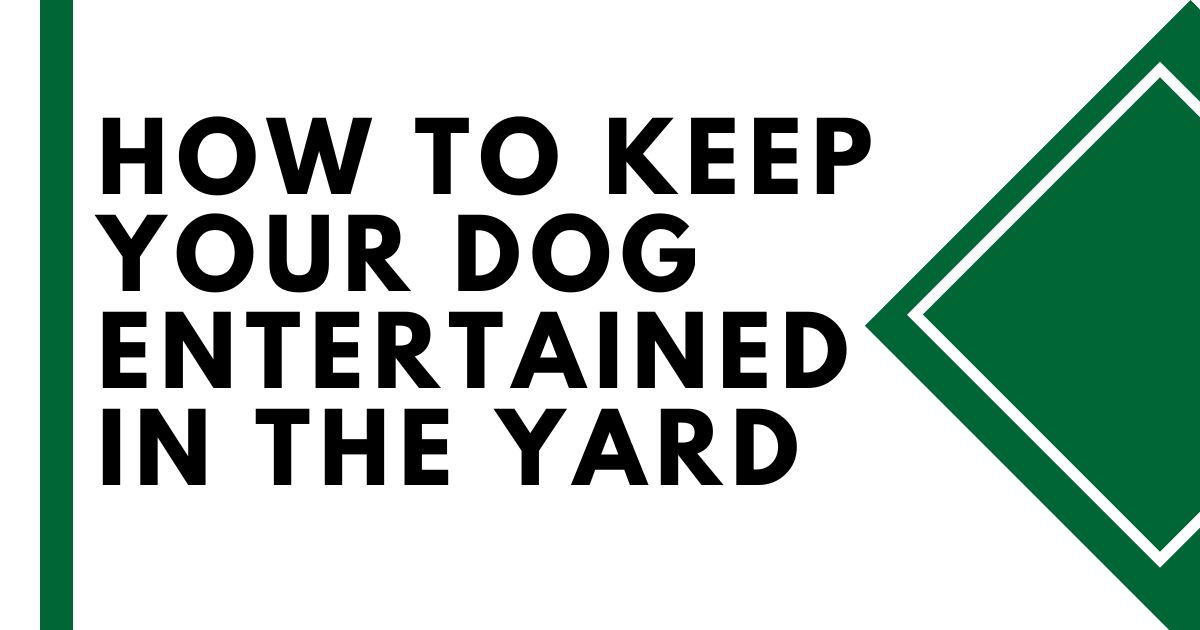Mulch is a great way to help your lawn look its best this year. It’s an organic fertilizer full of nutrients and slowly releases those nutrients into the soil feeding your grass to make it thick, beautiful, healthy green.
Mulch can be used as a soil amendment to improve garden soils, or as a planting surface covering in vegetable and flower gardens. Mulch helps to moderate the temperature of the soil and acts as an insulating blanket reducing the amount of watering you need to do. Using mulch is also beneficial for protecting plants against weather such as frost heaving and droughts.
What is mulch?
Mulch is a layer of organic matter that you spread on the surface of your lawn. It can help to improve the health and appearance of your lawn, but it has other benefits as well.
Mulch is a natural soil conditioner that improves water and air movement through the soil. This helps to prevent soil compaction and erosion, which can occur when rainwater runs off bare soil instead of being absorbed by vegetation.
Mulch also helps to retain moisture in the soil by preventing evaporation from aboveground plant parts and reducing moisture loss from belowground roots. This provides plants with an extended period of available water during dry spells, which can be especially beneficial for newly planted seedlings or established trees or shrubs that are stressed by drought conditions.
Types of mulch for the lawn
Here are some common types of mulch suitable for lawns:
- Grass Clippings: One of the easiest and most accessible types of mulch for a lawn is the grass clippings collected while mowing. They decompose quickly and return nutrients to the soil.
- Wood Chips: Wood chips are a popular choice for lawn mulching. They break down slowly, which means they last longer than grass clippings. However, they might compete with the soil for nitrogen during decomposition, so it’s essential to use a nitrogen-rich fertilizer if you opt for wood chips.
- Straw: Straw is another organic option that provides good mulch coverage for lawns. Wheat straw is commonly used for this purpose.
- Leaves: Shredded leaves can be an excellent mulch for lawns. They are rich in nutrients and help improve soil structure as they decompose. Just be sure to shred them first to avoid large clumps on the lawn’s surface.
- Pine Needles: Pine needles, also known as pine straw, are a durable and attractive mulch option for lawns. They don’t mat down easily and are beneficial for acid-loving plants.
- Compost: Compost can be used as a mulch to enrich the soil while providing excellent moisture retention and weed suppression.
- Peat Moss: Peat moss is a lightweight option that can hold a significant amount of water. It is often used to cover newly seeded lawns to help retain moisture during germination.
- Rubber Mulch: Rubber mulch is made from recycled rubber and provides long-lasting coverage. It does not decompose like organic mulches, but it might not be suitable for all gardeners due to environmental concerns.
- Cocoa Mulch: Cocoa mulch is made from cocoa shells and has a pleasant chocolate scent. While it provides good mulching benefits, it can be toxic to pets, so caution is needed if you have animals.
When is the best time to apply mulch?
Spring and fall are the best times to apply mulch, but you can also use it in winter if there’s not too much snow on the ground. When making your decision about when to fertilize your lawn with mulch, consider these factors:
- Weather conditions: If it’s too wet or too dry, conditions may not be ideal for spreading mulch on your lawn. For example, if there has been a lot of rain recently or if temperatures have been consistently above 80 degrees Fahrenheit, wait until it dries out before spreading mulch.
- Seeding time: Seeds need sunlight and warmth in order for them to germinate properly, so don’t spread mulch over freshly seeded areas until they’ve had some time to grow roots into the soil. Otherwise, they won’t get enough sunlight or air circulation through their leaves, both of which they need in order to thrive.
How much mulch do I need?
If you have a large area to cover, it’s better to spread out your mulch rather than pile it up in one spot. If you pile it up, it can sink into the ground and create holes where weeds or insects can get through. If you spread it out evenly across your lawn, there won’t be any bare patches that allow weeds to grow.
For example, if your lawn is 1,000 square feet (about 100 square meters), here’s how many bags of mulch you’ll need:
- 1 pound per square foot (about 2 kilograms per square meter)
- 2 pounds per square foot (about 4 kilograms per square meter)
- 3 pounds per square foot (about 6 kilograms per square meter)
Benefits of fertilizing with mulch
Mulch is an organic material that is spread on the soil surface to prevent erosion and control weeds. Mulch can also be used to fertilize your lawn. There are many benefits to using mulch as fertilizer:
- Reduces the need for fertilizer
- Reduces evaporation
- Prevents weed growth
- Prevents soil compactionEncourages root growth
- Moderates soil temperature
- Prevents erosion
- Limits the spread of soil diseases
- Improves soil structure
Related Questions
Is it neccessary to fertilize my lawn if I mulch?
Mulching can provide some nutrient benefits to your lawn as the organic mulch breaks down and releases nutrients into the soil. Grass clippings, for example, contain nitrogen, which is an essential nutrient for grass growth.
However, depending solely on mulching might not be sufficient for all lawns, especially if the grass is growing in poor soil or experiencing nutrient deficiencies.
Fertilizing your lawn in addition to mulching is generally recommended for optimal results. Fertilizers provide a more balanced and targeted nutrient supply to promote healthy growth and development of the grass. If you use mulch regularly, you might be able to reduce the frequency or amount of fertilizer you apply, but it’s essential to monitor your lawn’s health and make adjustments as needed.
When should you not mulch your lawn?
While mulching is generally beneficial for lawns, there are some situations when you might choose not to mulch:
- Weed-infested lawn: If your lawn has a severe weed problem, mulching might not be the best approach, as some types of mulch can create a favorable environment for weed growth. In such cases, it’s better to address the weed issue first before applying mulch.
- Diseased lawn: If your lawn is suffering from a fungal or bacterial disease, mulching can potentially promote the spread of the disease. It’s advisable to avoid mulching until the disease is under control.
- Excessive thatch buildup: If your lawn has a thick layer of thatch (accumulated dead grass and roots), mulching can contribute to further thatch buildup. In such cases, it’s better to dethatch the lawn before mulching.d.
- Newly seeded areas: When you’ve recently overseeded or planted new grass seeds, it’s best not to mulch those areas. Mulch can interfere with seed germination and establishment. Wait for the new grass to grow and mature before adding mulch.
Is it better to bag grass clippings or leave them behind?
Leaving grass clippings behind, also known as grasscycling, is generally better for your lawn and the environment. Grass clippings are rich in nutrients, particularly nitrogen, and leaving them on the lawn allows those nutrients to be recycled back into the soil.
- Benefits of grasscycling
- Helps retain moisture in the lawn.
- Reduces waste and landfill burden.


